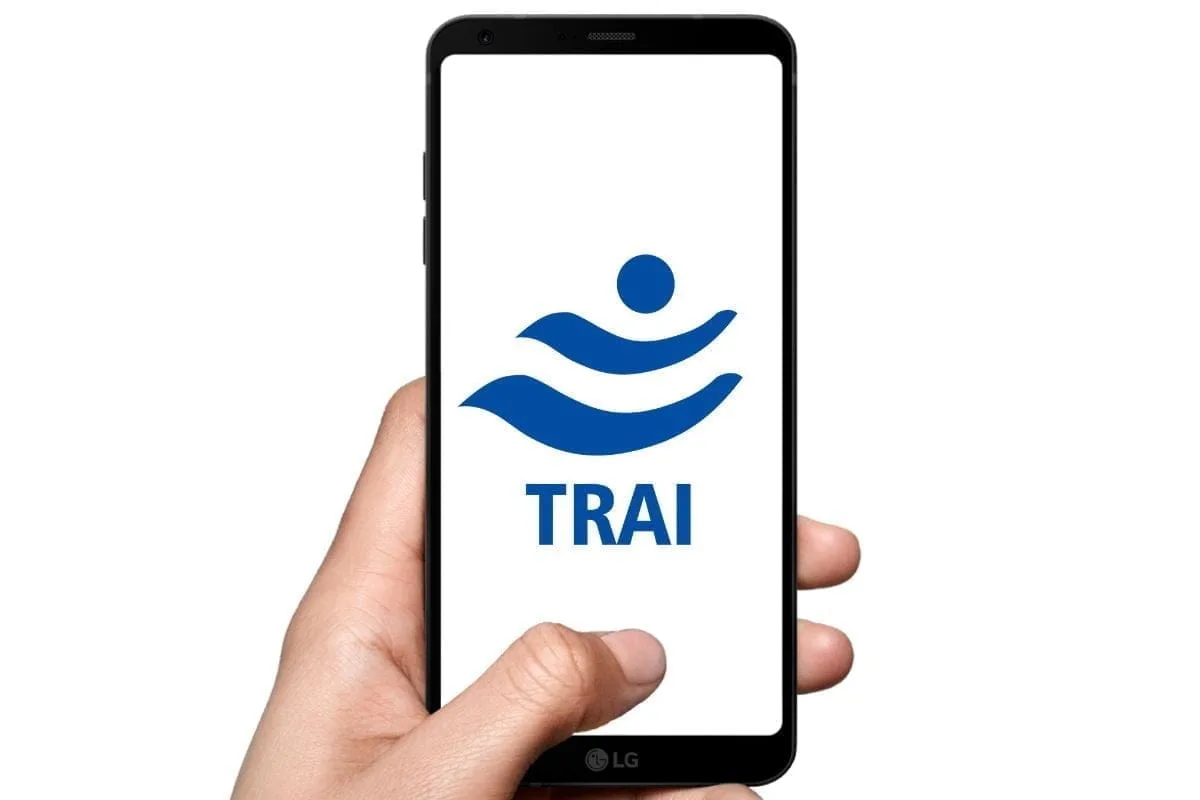
The Telecom Regulatory Authority of India (TRAI) has directed mobile carriers to display geospatial coverage maps on their websites, showing the geographical areas where they provide wireless voice and broadband services. This mandate is part of TRAI's revised Quality of Service (QoS) Regulations for telecom operators that have come into force on October 1, 2024 and aims to empower consumers by helping them make informed choices when selecting a telecom carrier.
Also Read: TRAI Releases Consultation Paper on Broadcasting Service Authorisations Under New Telecom Act
Geospatial Coverage Maps
According to TRAI, the regulations mandate that "Every service provider providing access service (wireless) shall publish on its website the service wise geospatial coverage maps in such a manner and format, as may be directed by the Authority from time to time, for the geographical areas where wireless voice or wireless broadband service is available for subscription by consumers."
"Information on mobile network coverage is important from the perspective of QoS. One cannot expect good QoS in a non-coverage area, and the availability of a service-wise geospatial coverage map on a service provider's website will help consumers make informed decisions," TRAI said in an accompanying annexure to its directive to operators, issued Friday.
According to TRAI, these guidelines are issued to enable uniformity and transparency in publication of network coverage maps by telecom service providers (TSPs) providing access (wireless) service.
The regulator has directed all service providers offering wireless access services to publish service-wise (2G/ 3G/ 4G/ 5G) geospatial coverage maps on their websites for the geographical areas where wireless voice or wireless broadband service is available for subscription by consumers.
Also Read: TRAI’s New Regulations to Rate Properties for Digital Connectivity
Coverage Map Availability
The guidelines added that if, in any area, coverage (better than prescribed threshold limit) of all technologies ie. 2G, 3G, 4G and 5G is available, the unified coverage map should show the area as covered with 5G. The display of cell or base station locations is optional.
Further, telcos are required to meet the benchmark of QoS parameter, namely, "Availability of service-wise geospatial coverage map on a service provider's website for percentage of working cells (benchmark > 99 percent)" effective from April 1, 2025.
As per TRAI's directive, service providers must display their network coverage maps based on actual measurement (physical or through network analytics) or using industry-standard prediction methodology. "The cell coverage of respective technology (2G/ 3G/ 4G/ 5G) shall be presented on the coverage map in the prescribed colour scheme, having the minimum prescribed signal strength (measured outdoors)," it added.
TRAI's guidelines also provide technology-wise minimum signal strength to be used for showing outer boundaries of network coverage.
Also Read: TRAI Proposes Overhaul of Telecom Licensing Under New 2023 Act
Coverage Maps Should Be Up to Date
To provide up-to-date status of mobile coverage to the customers, TRAI has instructed mobile operators to regularly update consumers on the status of their mobile coverage levels. It has also mandated that telecom companies keep their coverage maps current, particularly when there are significant changes in mobile coverage within a Licensed or Authorised Service Area (LSA) network.
Service providers should publish the date of the last update on their respective coverage map, according to TRAI guideline's. TRAI has also asked the mobile operators to ensure that a "link for coverage map (with suitable logo) be provided on ‘Home’ or landing page of the service providers’ website at a prominent location for single-click navigation to ensure adequate visibility and ease of access for users. In addition, a tab namely 'Coverage map', should be provided prominently in the navigation bar of the website.
Consumer Feedback
TRAI has also asked telcos to ensure that users have the option to provide feedback or challenge network coverage indicated on the map or report an issue observed in coverage through a feedback button on the map. "User feedback should be taken into consideration during optimisation of the network and coverage maps may be revised in the next cycle if required," TRAI guidelines said.
Global Trends
It added that service provider can extend the availability of their coverage maps on their mobile apps, both for Android or iOS devices. Globally, many countries have introduced geospatial mobile and fixed-line service coverage maps for the benefit of consumers.
Also Read: Airtel customers will now be able to see network coverage signal strength in any location
Airtel Open Network
This is not something new for Indian customers. As part of Project Leap, launched in 2015 to build a truly transparent network, Airtel launched India's first Open Network in June 2016, giving customers access to tower maps, weak spots, strong zones, and more. As part of the initiative, Airtel opened up network information for customers to report coverage gaps so the telco could improve coverage and deliver an enhanced experience.















